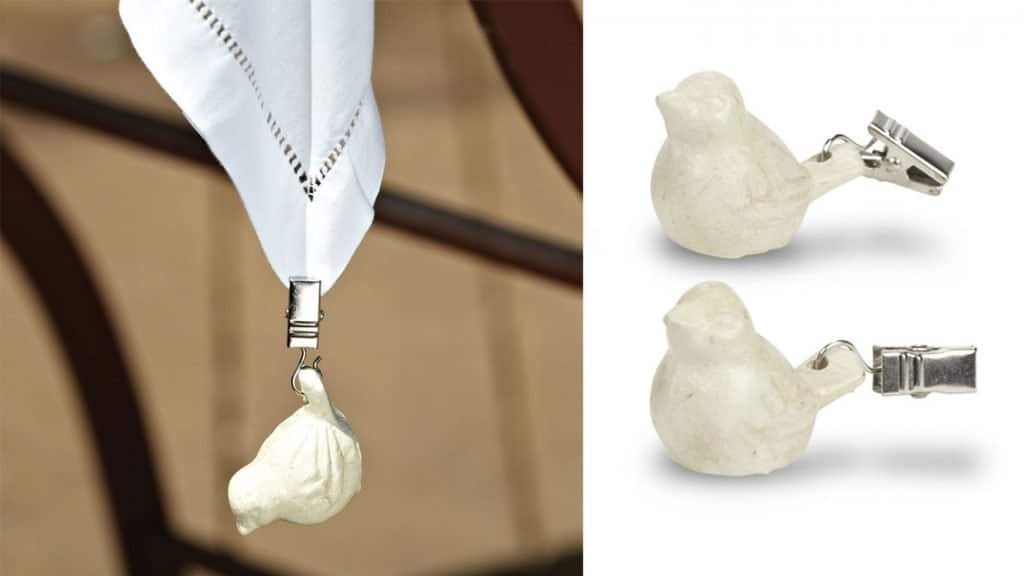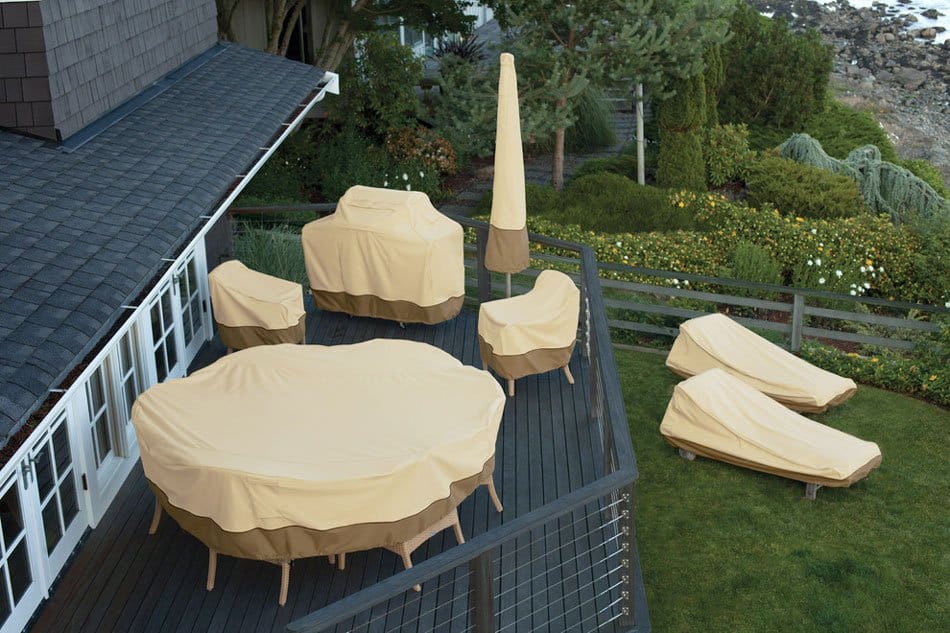Fire pits are beautiful additions to your backyard that you can enjoy for at least three seasons, depending on your local weather.
They offer ambient light and warmth and can act as a cooking device to create a nice char on your food.
S’mores don’t taste the same without a nice, blazing fire pit for marshmallow roasting!
Fire pits are perfect yard decor, but you’re probably wondering, “How far should a fire pit be from the house?”
Fire pits should be a minimum of ten feet from your house, but the farther it is, the better. Try to place your fire pit as far away as possible from flammable things like your home, shed, and deck.
Let’s look at spacing requirements and regulations to help you and your family determine where to place your fire pit in your yard.
How Far Should a Fire Pit Be From the House?
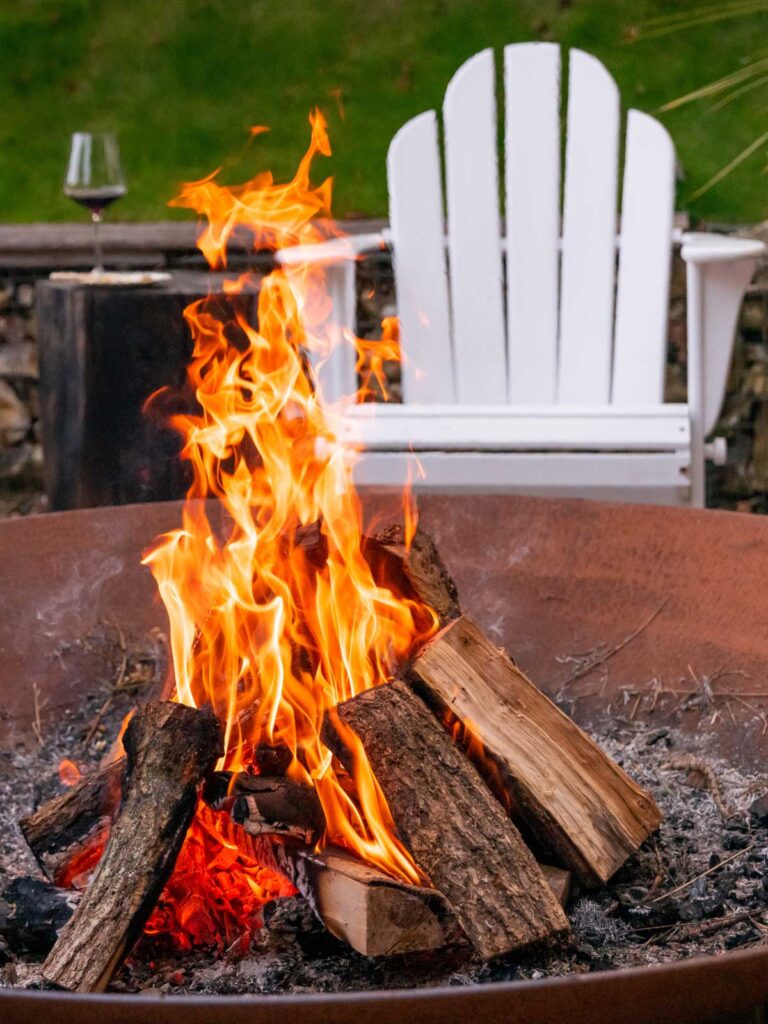
Generally, at least ten feet of wide-open space should be around the entire fire pit.
Doing this will keep the fire contained and far enough from your house in case something should happen.
However, if you want to play it on the safe side, you should put your fire pit about 20 to 25 feet away from your home.
But, it’s understandable that not everyone has large yards, so ten feet should be your bare minimum.
If you can’t place your fire pit at least ten feet from your home, don’t build one. Keep your family and home safe by listening to this ten-foot rule.
How Much Space Do You Need for a Fire Pit Area?
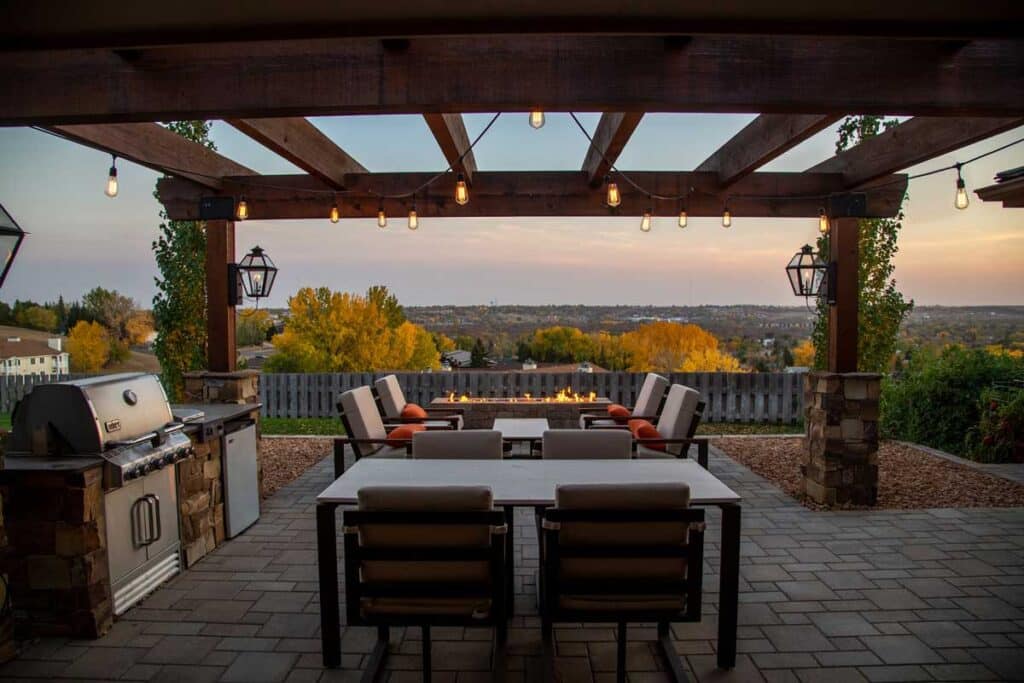
Fire pits are usually around four to five feet wide, so they don’t tend to take up much space.
But you’ll need to map out a sitting or standing area around the fire pit so everyone can enjoy it comfortably.
With this in mind, you should add another four to five feet around the fire pit for this.
Most people fill this additional few feet around the fire pit with pavers or small rocks to clearly define walking and sitting space.
Adding a paved perimeter makes the fire pit area safer, as stone and concrete aren’t flammable.
Plus, it’s a great way to close off the area and make it look much neater.
So, in total, you’ll probably need a nice slab of land that’s between 12 by 12 feet and 15 by 15 feet for your entire fire pit area.
This might seem like a lot of space, but it’s to ensure that you and your guests can enjoy your beautiful fire pit safely and happily.
You’ll need an area that’s between four by four feet and five by five feet for the fire pit alone.
Residential Fire Pit Regulations
Residential fire pit regulations differ depending on the state and town that you live in.
Areas that commonly get wildfires will have different rules and regulations compared to places that don’t necessarily get them.
For example, California’s fire pit regulations will differentiate immensely from Massachusetts.
Always research your local laws before building and lighting a fire pit. Some areas don’t even allow residential homes to have fire pits in their yards.
Others might require a permit. Residential fire pit regulations aren’t a one-size-fits-all for every town and state.
Generally, most fire pit regulations have to do with:
- Measurements of the fire pit
- The distance your fire pit needs to be from your house and other objects
- Monitoring your fire pit when it’s lit
- What you can burn in your fire pit
There are a few universal things to abide by when lighting your outdoor fire pit. Some of these things include:
- Using seasoned wood
- Don’t burn anything if your area has an air quality or fire hazard alert
- Keep your fire pit ten to 25 feet away from your home and your neighbor’s home
- Don’t burn plastic or garbage
You must follow your local fire pit regulations as closely as possible. Fire can cause significant damage to your home, local wildlife, and people.
Fire accidents are relatively common, with 5,300 fire pit injuries occurring in 2017. That’s a lot of emergency room visits. And a lot of fire pit injuries happen to children rather than adults.
A study posted in 2019 found that about 7.16 burn injuries occurred per 100,000 children from 2006 to 2017, most of which happened to children under five years old.
Fire pits can be gorgeous additions to your backyard or front yard oasis, but there are regulations for a reason. Follow them.
How Far Should the Fire Pit Be From Trees?
When building or setting up a fire pit, you need to pay attention to trees. Like houses, you should keep your fire pit at least ten feet from trees. But, you need to think about overhanging branches as well.
There should be about 20 feet between your fire pit and the lowest branch. Ashes can quickly go airborne and attach themselves to tree branches.
Sometimes the ashes will ignite these branches and leaves, and then you’ll have a massive problem on your hands. This is how wildfires can start.
Approximately 70,000 wildfires happen yearly in the United States, which has been a recurring number since 1983.
Most happen from people being unsafe with their fire pit locations and extinguishing methods.
Wildfires can cause detrimental and irreversible destruction to local wildlife and surrounding homes.
Don’t be the person who starts a wildfire! Comply with local guidelines and regulations to keep your home and surrounding area safe.
Gas Fire Pit Code Requirements
Akin to natural fire pit regulations, gas fire pit code requirements vary by state and town. Most gas fire pits ignite through propane or natural gas.
Because of this, these fire pits are typically cleaner when they burn as there aren’t any ashes expelled into the air.
However, there are still some things to keep in mind when finding a place to put your fire pit.
The general rule for any variety of fire pit is to keep it at least ten feet from your home or other flammable objects. As for clearance, gas fire pits require a shorter distance than natural fire pits which require 20 feet from branches.
Gas fire pits need a minimum of ten feet of clearance, whether there are trees around or not. This is because gas fire pit flames don’t reach high distances and don’t create ashes.
But, that doesn’t mean that these fire pits are hazard-free.
Some things to keep in mind when lighting your gas fire pit include:
- Keeping your fire pit on a flat, non-flammable surface
- Don’t leave the gas on when you aren’t using the fire pit
- Pay attention to the wind in your area, as it can carry the flames pretty far
- Think about getting a wind guard to keep the flames contained
Research your local gas fire pit code requirements before buying and setting up a gas fire pit. Most states allow gas fire pits and don’t require permits for them.
But, this doesn’t apply to every state or town.
Safest Fire Pit
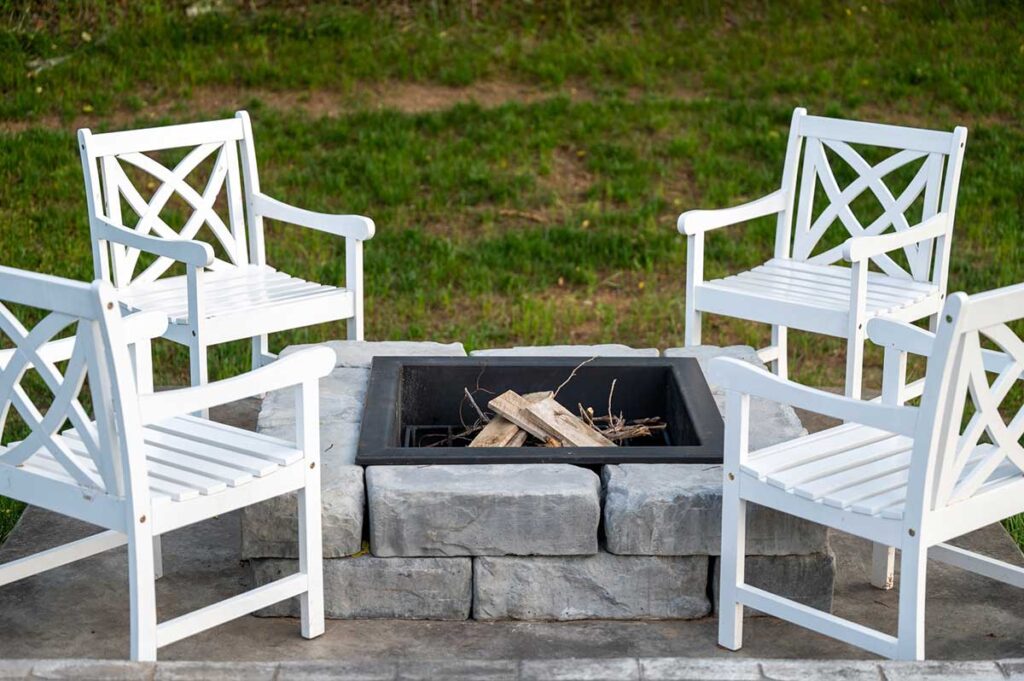
A gas fire pit is one of the safest options if you want to spruce up your yard with a fire pit. They offer plenty of safety features to protect you, your home, and the wildlife surrounding it. In general, gas fire pits are much easier to control when compared to natural fire pits that use wood.
Some reasons that gas fire pits are safer include:
- Gas fire pits don’t create sparks, smoke, or ashes
- The flames are generally smaller than natural fire pit flames
- You can turn the flame off with a switch
- Gas fire pits burn at lower temperatures
Keep in mind that while gas fire pits are safer, they are still hazardous.
Gas is a hazardous material, so to make sure everything goes smoothly, it might be wise to have a professional come to build or install your fire pit.
Always check your gas fire pit for issues before lighting it to prevent any accidents.
Final Thoughts
Fire pits can provide a homey feel to your yard with their beautiful glow and heat output. They make a great gathering spot for family and friends to chat on cool nights.
Just keep in mind that with this stunning addition to your yard come some hazards. Fire injuries are real things that happen to many people every day.
So, to prevent accidents from happening, most states have specific requirements when using fire pits in residential areas.
When wondering, “How far should a fire pit be from the house?” remember that requirements and regulations vary significantly by each state.
So, before you even purchase materials for a fire pit or buy one pre-made, you should check with your local fire regulations and laws. Make sure you abide by any regulations in place to prevent property damage, burns and injuries, and wildfires. Safety should be your number one priority.
